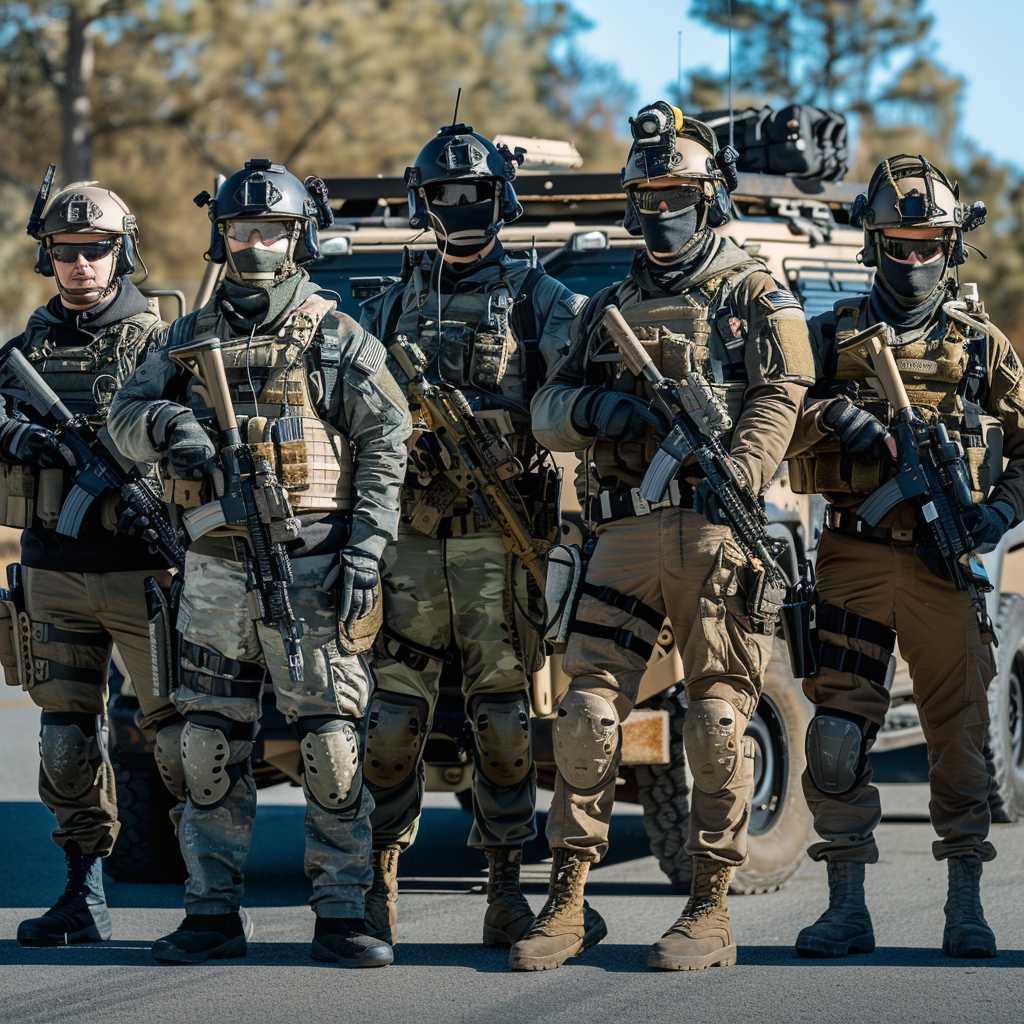The Role and Evolution of SWAT Teams in Law Enforcement
SWAT teams, known for their specialized tactics and distinctive gear, are a significant part of modern law enforcement agencies. SWAT stands for Special Weapons and Tactics, and these units are deployed in situations that are too complex, high-risk, or violent for regular police officers to handle. This article provides an in-depth look at the history, functions, training, controversies, and current relevance of SWAT teams.
History and Development of SWAT Teams
The inception of SWAT teams in the United States can be traced back to the 1960s. The Los Angeles Police Department (LAPD) is credited with forming one of the first SWAT units under the leadership of then Inspector Daryl Gates. The move came as a response to a number of high-profile incidents, such as the Watts riots and the Texas Tower sniper event – in which regular police forces were outmatched or lacked appropriate resources and strategies to respond effectively.
The concept was to create a specialized team that could execute dangerous and high-stakes operations such as hostage rescues, counter-terrorism operations, and dealing with heavily armed criminal elements. Over the years, SWAT evolved with additional tactical innovations, leading more law enforcement agencies across the nation to form their own SWAT units.
Main Functions of SWAT Teams
SWAT teams are called upon for a variety of critical tasks that require special training and equipment:
–
Hostage Rescue: One of the primary purposes of SWAT is to safely rescue hostages from dangerous situations with minimal harm.
–
Counter-Terrorism: SWAT teams play a vital role in responding to and preventing acts of terror. Their preparation includes handling bombs and engaging terrorists.
–
Armed Apprehensions: These officers are trained to apprehend suspects who may be heavily armed or considered high-risk.
–
Drug Busts: SWAT performs high-risk raids on locations suspected of housing illegal drug trafficking activities.
–
High-Risk Warrants: When law enforcement officers need to serve warrants in potentially dangerous settings, SWAT is called to assist.
–
Barricaded Suspects: Encounter with suspects refusing to surrender often sees SWAT deployment to contain and resolve the situation.
–
Crowd Control: In some instances, SWAT is utilized for controlling large crowds or riots where there is potential for violence.
These functions have evolved with advancements in technology and changes in social contexts, requiring more nuanced strategies from SWAT personnel.
Training and Equipment
The effectiveness of a SWAT unit hinges on rigorous training, teamwork, discipline, and cutting-edge equipment. Officers selected for SWAT undergo intense physical conditioning along with specialized training in weaponry, tactics, negotiation, crisis management, first aid, law, and more.
–
Weaponry: Includes semi-automatic rifles, shotguns for breaching doors, flashbang grenades for disorientation, and less-lethal options like rubber bullets.
–
Tactical Gear: Heavy-duty protective armor, helmets with visors or goggles, night vision equipment, gas masks, and ballistic shields.
–
Vehicles: Armored vehicles are used to transport team members and provide cover during operations.
This array of tools enables SWAT teams to operate effectively across various challenging environments.
Advantages and Challenges
SWAT teams bring clear tactical advantages when managing high-level threats: precision proficiency at minimizing risks through strategic methods. Importantly, their presence can deter potential threats and serve as a mighty peacekeeping figure during crises.
However, not without criticism: critics argue against the “militarization” of police citing instances where such force seems excessive or dangerous. Concerns have been raised about racial bias in deployment frequencies or non-violent situations escalating due to heavy-handed approaches.
Current Relevance of SWAT Teams
Despite controversies surrounding them, SWAT teams remain a crucial arm within law enforcement agencies today. They have been instrumental in numerous incidents where lives were at stake. Reflective adaptation has led to including de-escalation tactics within their traditional mandates as loyalties shift towards finely balanced stewardship over sheer might.
The future is likely to see further adaptation with potential emphasis on integration between community policing practices and specialized enforcement, overall refining the synergy necessary for effectively managing various public safety challenges.
